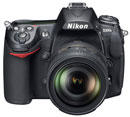Nikon D300
-
-
Written by Gordon Laing
Nikon D300 versus Sony Alpha A700
Nikon D300: JPEG versus RAW
|
We photographed the scene here in Large Fine JPEG + 14-bit RAW mode and presented crops below from each file for comparison. The RAW file was converted using Nikon Capture NX 1.3 – 23092 using the default settings, saved as a 16-bit TIFF, then opened in Photoshop. This was then reduced to 8 bits and processed the same way as the original JPEG for presentation here. The crop from the RAW file is noticeably sharper than the JPEG using the default settings, and of course there’s a lot of potential for further adjustment in Capture NX. As you’ll see in our results and gallery pages, the default JPEG output from the D300 can be a little soft, but this is in-line with most higher-end DSLRs which expect the owners to either tweak the in-camera settings or perform further adjustments later. Certainly the output from the D300’s RAW files converted using Capture NX can look excellent, and was much preferred to the default JPEG settings. To see how the camera performed under studio conditions, check out our Nikon D300 resolution results. |
Nikon D300 JPEG with Nikkor DX 17-55mm f2.8 |
Nikon D300 RAW with Nikkor DX 17-55mm f2.8 | |
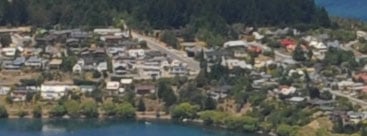 | 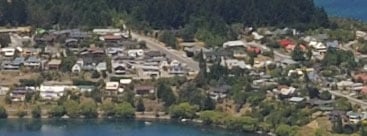 | |
f8, 100 ISO |
f8, 100 ISO |
Nikon D300 results continued…
Outdoor resolution / Studio resolution / Real life Noise / Low light noise
| |||||||
outdoor scene |
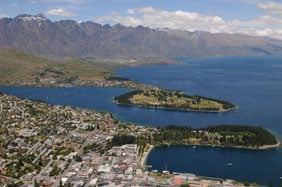 |
To compare real-life performance we shot the same scene with the Nikon D300 and Sony Alpha A700 within a few moments of each other using their Aperture Priority modes, best quality JPEG and lowest ISO settings. The lenses on each camera were set to f8 and adjusted to deliver the same field of view. The D300 was fitted with the Nikkor DX 17-55mm f2.8 lens, and the A700 with the Sony DT 16-80mm. |
The image above was taken with the Nikon D300 and DX 17-55mm f2.8 at 24 mm f8 and with a sensitivity of 100 ISO; the original JPEG measured 6.13 MB. The crops are taken from the upper left, center, lower right and lower left portions of the originals and presented here at 100%.
It’s immediately apparent from the crops below that the output from the D300 is noticeably softer than that of the Sony Alpha A700, when both cameras are set to their default JPEG settings. Of course there are differences in the optics used here, but with both bodies fitted with high quality zooms, the major difference is with in-camera processing – particularly in terms of sharpening and contrast. Boost the D300’s – or indeed reduce the A700’s – and the images can look very similar. It is interesting to note how their respective Auto White Balance settings have produced noticeably different results though with the D300 JPEG looking warmer than the A700s.
As you’d expect from two cameras sharing the same-sized 12 Megapixel CMOS sensors though (with both made by Sony), the level of captured real-life detail is essentially the same with any differences down to the lens in use and image processing settings. And as you’d also expect, there are considerable advantages to shooting in RAW, so scroll down to the bottom of this page for an example. To see how the cameras performed under studio conditions, check out our Nikon D300 resolution results. To see an outdoor comparison between the Canon EOS 40D and Sony Alpha A700, see our A700 Outdoor resolution results.
Nikon D300 with Nikkor DX 17-55mm f2.8 |
Sony Alpha DSLR-A700 with Sony DT 16-80mm | |
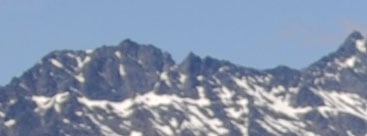 | 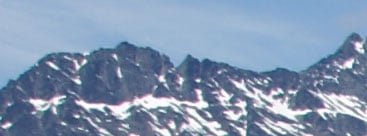 | |
f8, 100 ISO |
f8, 100 ISO | |
 | 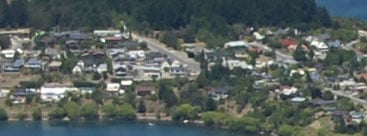 | |
f8, 100 ISO |
f8, 100 ISO | |
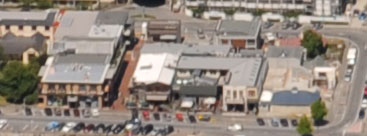 | 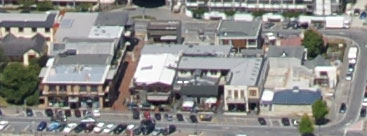 | |
f8, 100 ISO |
f8, 100 ISO | |
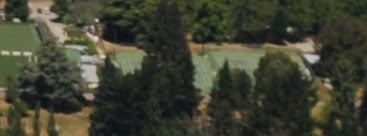 | 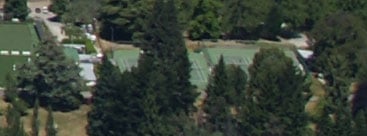 | |
f8, 100 ISO |
f8, 100 ISO |
